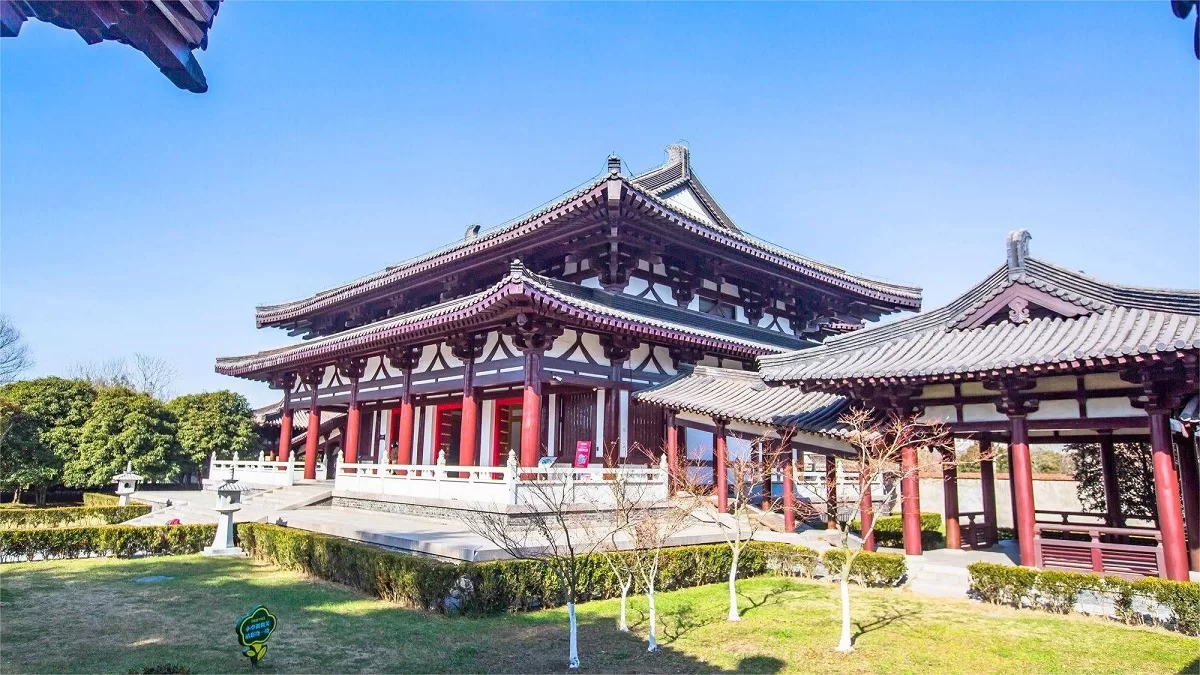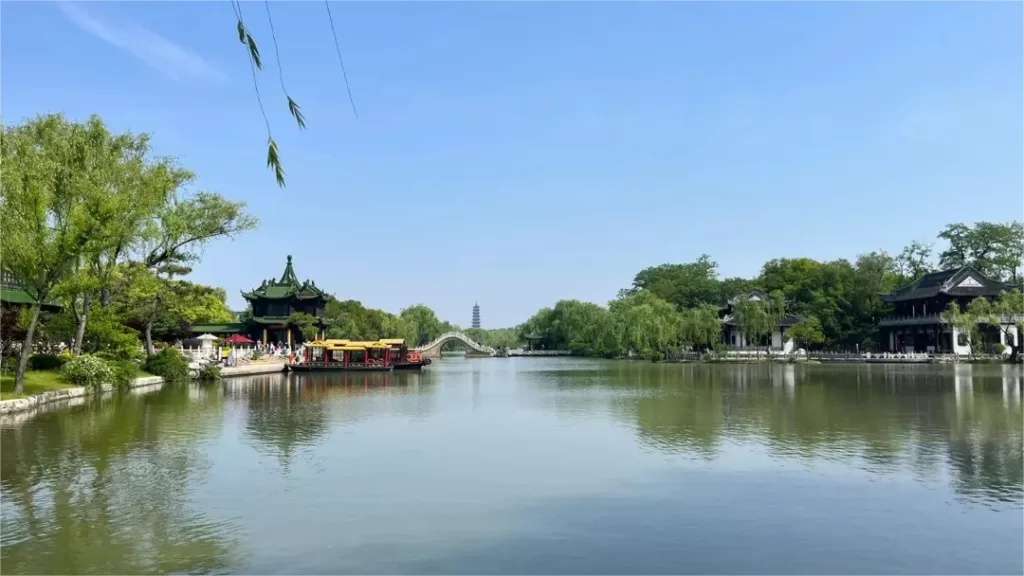The Ancient Tang City Ruins Museum (唐城遗址博物馆) is a cultural gem established in 1979, dedicated to the preservation, collection, and research of the Tang Dynasty heritage of Yangzhou. Located in the southwest corner of the Tang Ya City Ruins, the museum stands on the historic site of Sui Emperor Yang‘s official residence. Within its walls, it houses an impressive collection of over three hundred Tang Dynasty artifacts, including ceramics, bronzes, and precious metals.
During the Tang Dynasty, Yangzhou ranked as the third-largest city in China, trailing only behind Chang’an and Luoyang. It was not only a bustling commercial hub but also a place of immense cultural and artistic vitality. The city attracted talented individuals from all walks of life, making it the nation’s largest trade market, a bustling transit point for domestic and international trade, and a renowned port city. Today, the Yangzhou Tang City Ruins are among the most well-preserved ancient city sites in China.
Table of Contents
- Basic Information
- Location and Transportation
- Highlights of Tang CIty Ruins Museum
- Vlog about Ancient Tang City Ruins Museum
- Attractions near Ancient Tang City Ruins Museum
Basic Information
| Estimated Length of Tour | 2 hours |
| Ticket Price | 15 RMB |
| Opening Hours | 8.30 – 17.00 |
| Telephone Number | 0086-0514-87625587 |
Location and Transportation
The Ancient Tang City Ruins Museum is situated in the northern part of Yangzhou, a city located in Jiangsu Province, China. Its precise address is 20 Pingshantang East Road, Hanjiang District. To get there, tourists can take bus 25, 45, Tourist Line 1, Tourist Line 2, or Tourist Line 3, and get off at Guanyinshan Stop (观音山站).
Highlights of Tang CIty Ruins Museum
Exquisite Exhibits

The Tang City Ruins Museum boasts a diverse collection of more than 300 artifacts, which include stone carvings, city bricks, ceramics, bronzes, woodcraft, calligraphy, and more. Among the most noteworthy items in the collection are stone carvings such as the octagonal stone pillar, featuring inscriptions from Tang Huainan’s regional governor Du You and the Qing Dynasty scholar Ruan Yuan. Additionally, there are the Tang San Jue Stele, which showcases paintings by Wu Daozi, poems by Li Bai, and calligraphy by Yan Zhenqing, and the Buddhist stone carvings from the Huizhao Temple, including the complete “Dharani Sutra of the Buddha’s Crown” inscription on an octagonal stone pillar and various stone statues.

In the ceramics section, the museum presents a broad array of Tang Dynasty pottery from various kilns, including Yue kiln celadon, Xing kiln white porcelain, Tang Sancai tri-colored ware, Changsha kiln ceramics, secret color porcelain, monochrome glaze, two-color glaze, and especially the Tang blue and white porcelain excavated in Yangzhou. The collection includes a variety of vessels like cups, plates, bowls, saucers, teapots, basins, and jars.

One of the highlights of the bronze collection is the Tang Dynasty bronze mirrors, featuring exceptional pieces like the Seahorse and Grapevine Mirror, the Moon Palace and Flying Dragon Mirror, and the Bird and Flower Mirror, among others. In the woodcraft section, visitors can admire the unique Tang wooden boat and wooden coffin from the Southern Tang Dynasty, as well as a wide range of Ming and Qing Dynasty furniture.
The Enchanting Setting

The Tang City Ruins Museum is situated in the Shu Hill Scenic Area, on the southwest corner of Tangzicheng within the northern part of Yangzhou. The museum occupies an area of approximately 7,000 square meters and features predominantly Tang-style architecture. Visitors can experience the allure of the Tang Dynasty through structures like the Tang-style flat bridge, Tang-style city walls, Yanhe Ge Exhibition Hall, and Tang-style corridors, all set against the backdrop of the picturesque landscape, with rolling hills and interconnected waterways. The elegant and timeless charm of this environment mirrors the cultural magnificence of the Tang era.
Historical Layout

The ancient Tang City of Yangzhou was divided into two main areas, known as the Sub-city and the Luocheng. The Sub-city, situated on Shu Hill, was also called the “Yacheng” or “Yacheng,” serving as the location for government offices and official residences. The Luocheng, situated below Shu Hill, was the residential and commercial district. The Tang Sub-city Ruins cover an area of approximately three square kilometers and remain relatively well-preserved to this day. The city walls, stretching for over 6,850 meters and rising 5-10 meters above ground, still encircle the Sub-city. Features like the earthen city walls, moats, corner towers, city gates, and internal city roads are all remarkably intact and provide a vivid glimpse into the past.








Compared to the popular Slender West Lake across the street, the Tang City Ruins Park is relatively unknown, with hardly any visitors. However, this place offers a great opportunity to learn about the history of Yangzhou across different periods, making it well worth a visit. Climbing up the city tower offers a magnificent view from above.